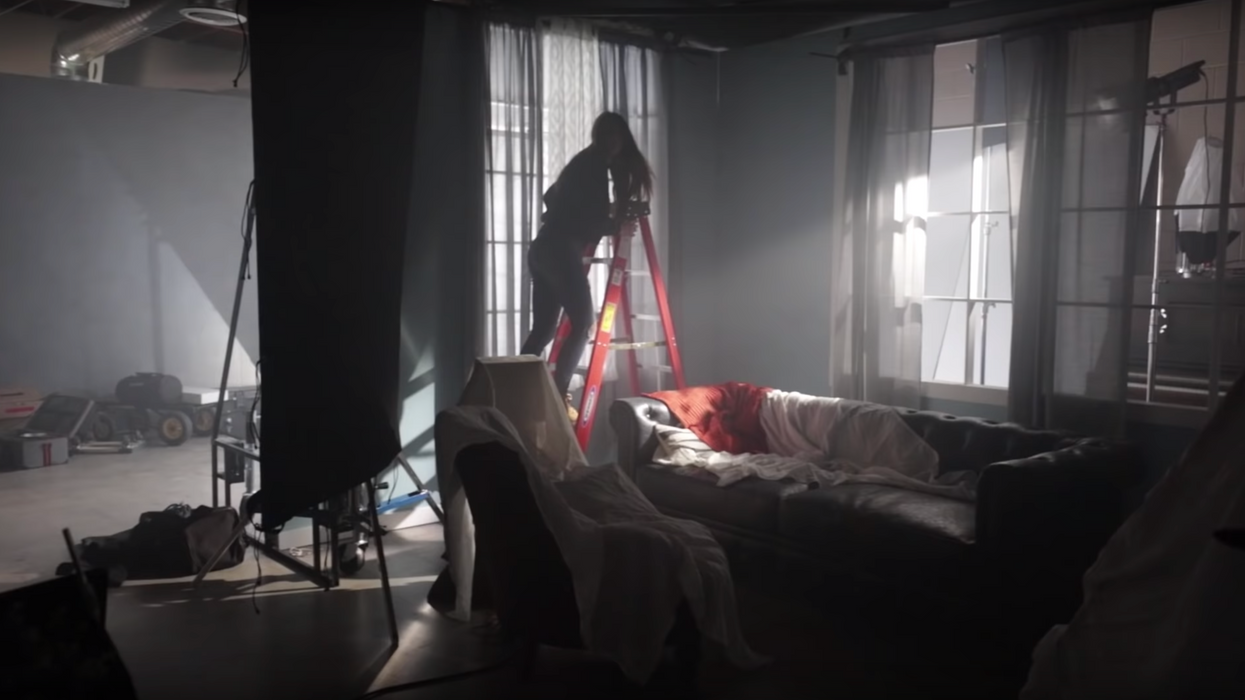Learn How to Recreate the Natural Look of Daylight in a Studio
Daylight is beautiful, but the natural stuff isn't very dependable. That's why all filmmakers should know how to make it themselves.

Relying on the sun, as well as a host of other random factors, to light your interior scenes can leave you with quite a bit of uncertainty, which is why recreating daylight in a studio setting is preferable among many filmmakers. However, capturing this look can be a huge challenge if you don't know what to look out for and which techniques will give you the best results.
In this video, cinematographer Megan Stacey talks with Aputure's Ted Sim about how to recreate the natural look of daylight in a studio, including how to nail its unique qualities, including softness, color, and style. Check it out below:
Let's go over Stacey's tips quickly.
- Quality of Light: The quality of your light matters big time when recreating daylight for your interiors. When inside a room, light from the sun is nice and soft, bouncing all over the place, so in order to recreate it with your single-source studio lights, you're going to need some diffusion material.
- Color of Light: The color of light is often a great indicator of the time of day. Cooler colors signify early morning, late evening, and night, while warmer colors signify late morning, day, and early evening. So, whichever time of day you choose, make sure the color of your light coincides with it.
- Window Treatments: What are you going to be putting on the windows in your scene? Blinds? Sheer curtains? Are you going to go with bare windows? Whatever you choose, understand that your decision will affect the quality and shape of your light. Blinds may create interesting light shafts, sheer curtains will diffuse light, and bare windows may expose a background that you don't really want your audience to see.
- Direction of Light: Just like with color, the direction light is coming from is a great indicator of the time of day. When the sun is low in the sky, that means it's morning (sunrise) or night (sunset). When the sun is right overhead, that means it's noontime.
What are some other helpful tips for lighting daylight interiors? Let us know down in the comments.
Source: Aputure











